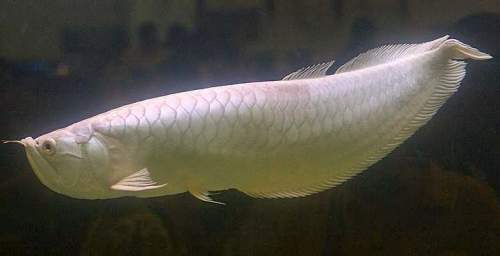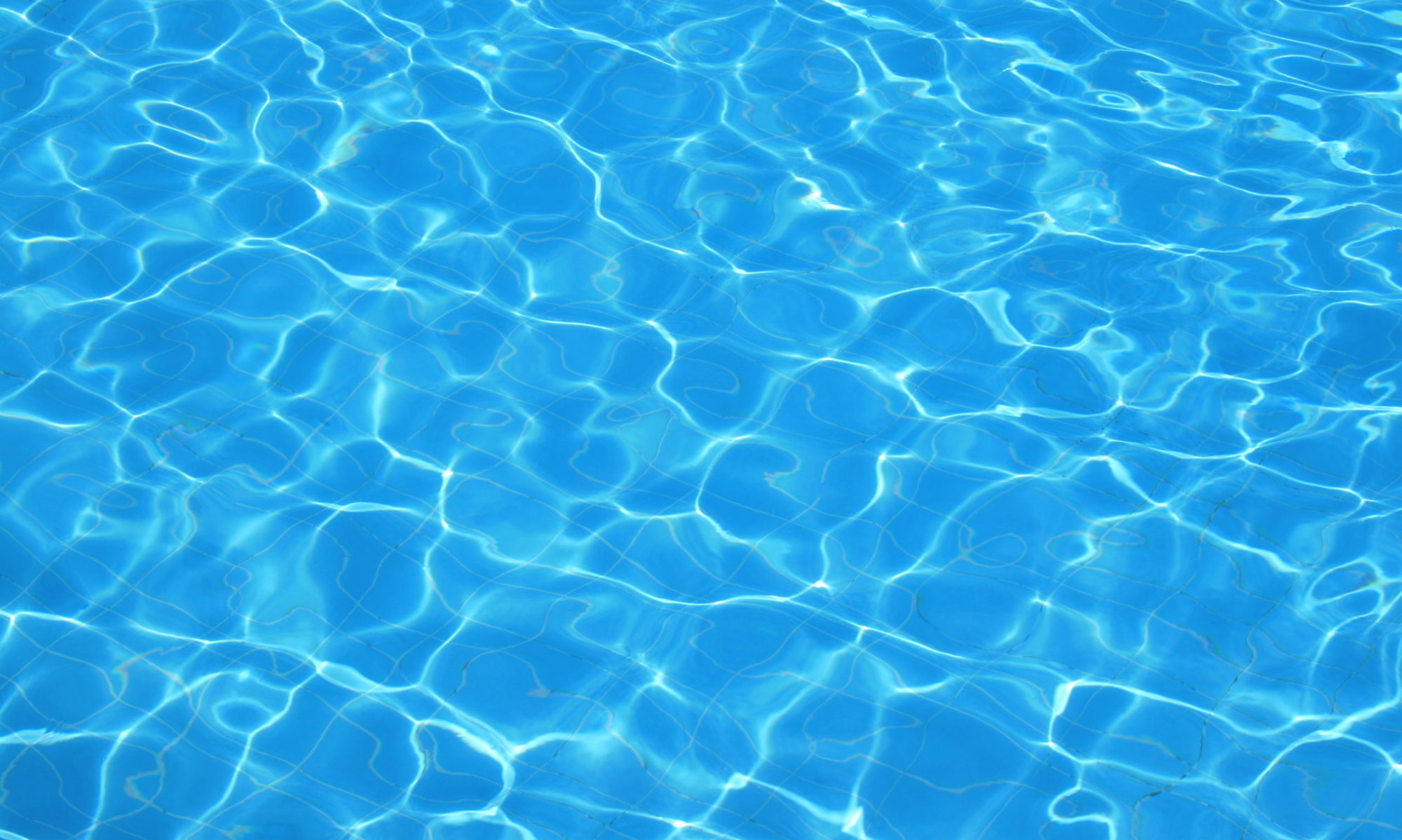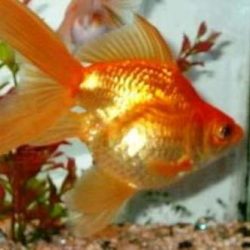Ornamental aquarium fish > Cyprinids – Carp family – Cyprinidae > Arowana – Dragon fish
The ornamental fish, arowana or dragon fish can grow even up to three feet in the open ponds and require large aquariums to keep them indoors.
Taxonomic position and distribution of ornamental arowana
These dragon fish belong to the family Osteoglossidae (bony tongues) which consists of two subfamilies, four genera and ten species. Three species of ornamental dragon fish are found in South America, one in Africa, four in Asia and two in Australia.
Arowanas are ornamental freshwater species known to grow in to large sizes.
Head of this ornamental dragon fish is bony and the body is elongated with a tapering tail.
The body of ornamental arowana is covered by large and heavy scales having canals with mosaic pattern. In dragon fish the anal and dorsal fins are continuous and have soft rays with a long base; the ventral and pectoral fins are small in size.
The floor of the mouth in Osteoglossidae has a toothed bone (bony tongue) which can bite against the teeth found on the roof of the mouth. The swim bladder of dragon fish is lined with blood capillaries and is highly vascularized.
Arowana can suck in air directly into the swim bladder and absorb the oxygen; swim bladder functioning like lung.
Ornamental Arowana aquarium
As these dragon fish grow to large size they must be kept in a larger aquarium (minimum 100 gallon size). Smaller size arowana can be kept in groups.

However with age and size unless the aquarium is very large more than one may not be kept as one of them in the group may become very dominant and hurt the other pets.
Arwana has the tendency to jump out and the tank must be always covered. If the specimen is big, some heavy object must kept over the cover to prevent the cover from being lifted up, in case the pet jumps.
The water can be from neutral to slightly acidic. Ideal temperature is between 75° -80° F. Although arwana are hardy and stand adverse conditions, they are sensitive to sudden change of water conditions.
Water must be filtered and replaced periodically by partial exchanges as these ornamental dragon fish are carnivorous and feeding them with live feed quickly builds up ammonia. Bigger size tin foil barbs and cichlids can be kept as tank-mates.
Feeding ornamental dragon fish
Ornamental Arowanas are best fed with live feed like small fry, frogs and worms. The feed must be of suitable size for them to swallow. The ornamental dragon can be also conditioned to accept pieces of meat and fillets.
Again the size is of great importance as many arwana have been choked to death by swallowing bigger size food. Nowadays pellet feed are available for ornamental dragon fish and they can be slowly trained to accept it.
Breeding ornamental dragon fish
Ornamental dragon fish come to maturity at about 3-4 years of age. Arwana shows parental care and some species of ornamental dragon fish are mouthbrooders.
Sometimes the parent arowana fish was observed to Carry hundreds of eggs inside the mouth. The hatchlings of ornamental dragon fish may live in the mouth of the parent for some time before becoming independent.
Main varieties of arowana
1. Asian Arowana (Scleropages formosus)
(Varieties: green arwana, red tail golden, golden crossback, super red, banjar red etc..)
2. African Arowana (Heterotis niloticus)
3. Silver Arowana and Snow Arowana (Osteoglossum bicirrhosum)
4. Black Arowana (Osteoglossum ferreirai)
5. Jardini Arowana (Scleropages jardini)
6. Leichardti Arowana (Scleropages leichardti)
In aquarium trade arowanas are known by various names like dragon fish, arrowana, arawana, arwana, aravana or aruana.

